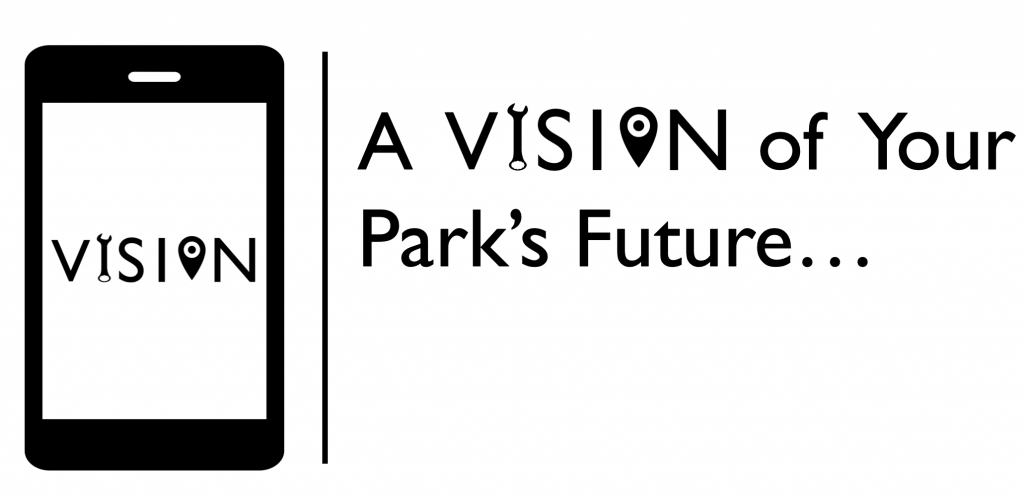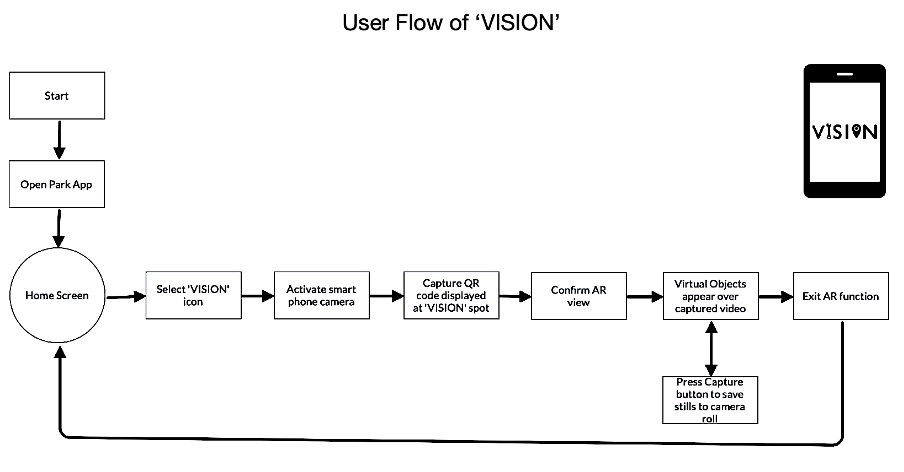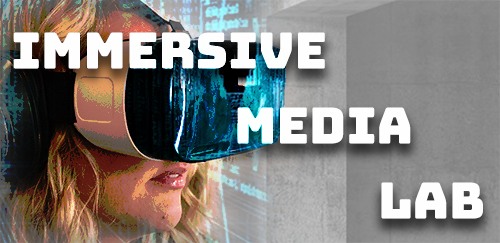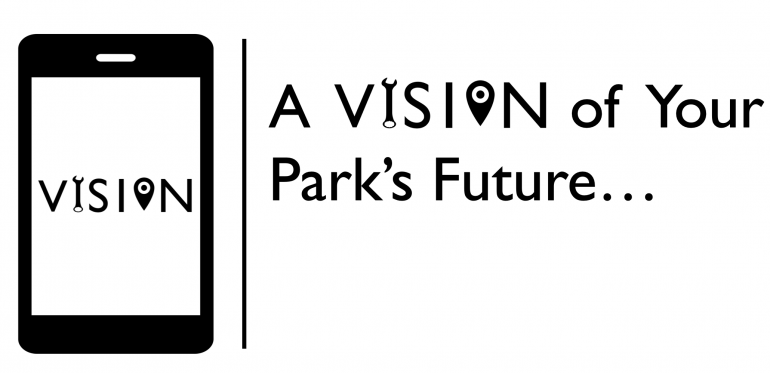
‘VISION’: Allow your guests to connect with future attractions using Mobile Augmented Reality
Theme parks have always been the site of implementation of many of the latest immersive technologies. Today, guests visiting these spaces can expect to find virtual reality (VR), augmented reality (AR), and projection mapping integrated into attractions. However, immersive technologies are extending beyond attractions into the whole park experience. Considering these trends, I propose ‘VISION’: a piece of AR technology that allows guests to use their mobile devices to envision digital overlays of future attractions. When approaching the barriers of an area of future expansion, guests will be able to use their smartphone cameras to see a 3D virtual model overlaid over the captured video, giving them an idea of what the attraction will look like when it is completed. By allowing guests to view an attraction through their mobile devices, they will have a tangible idea of what to expect when it opens in the future. In turn, this can build guest excitement for what is to come, connecting them to the future expansion in a way that cannot be achieved through 2D displays of concept art or standard advertising campaigns. Furthermore, this may encourage guests to make a return visit to experience the attraction when it is fully realised, driving attendance even more for an attraction’s opening.
Visualising ‘VISION’
The use of smartphones has proven to be transformative within the theme park industry. Much of a guest’s day is structured around the use of park mobile apps, allowing guests to purchase tickets, access the park map, and view queue times. ‘VISION’ hopes to fit seamlessly into this ecosystem of functionality and become an integral part of any park visit.

The outlined User Flow is very linear to make it simple for guests to engage with the content. Guests will be able to approach a site of construction, scan a QR code at the ‘VISION’ spot using their mobile devices, and then a virtual 3D object of the future attraction will be overlaid onto the captured video. There is also a feature that allows guests to capture stills of the AR overlay, providing guests with the opportunity to take and share fun photos with the future attraction.
Implementing VISION
It was important to consider how ‘VISION’ could be implemented to provide a maximum amount of guests with access to its functionality. Instead of being a stand-alone application, the proposed idea for ‘VISION’ is that it could be an extension for individual park apps. This also presents a client for the product that would be a natural fit: the developers of theme park apps. Developers such as Accesso and attractions.io provide mobile app technology that includes location-based services and real-time crowd management to theme park operators. Technology like ‘VISION’ could easily be another feature on their platforms.
Why choose ‘VISION’?
‘VISION’ has the power to work as an immersive marketing device. Guests being able to directly interact with the park’s future attractions in a tangible way makes it more visible to them, solving the problem of marketing the abstract concept of a ‘new ride’. It also increases guest awareness of the future expansion. By making construction a point of focus, those who may not have noticed an attraction being built will be drawn to engage with the AR content. The capture button allows guests to share their AR photos on social media, extending the reach of ‘VISION’ beyond the park boundary. These factors should drive guest engagement and encourage return visits in the following seasons to ride the new attraction.
While heritage sites and the construction industry have been using similar technologies to visualise the past and future, the themed park industry is yet to unlock the full potential of AR; this piece of immersive technology is the key.
‘VISION’ seeks to drive guest engagement, increase interactivity, and innovate marketing techniques, allowing parks to give guests a ‘VISION’ of future attractions.

